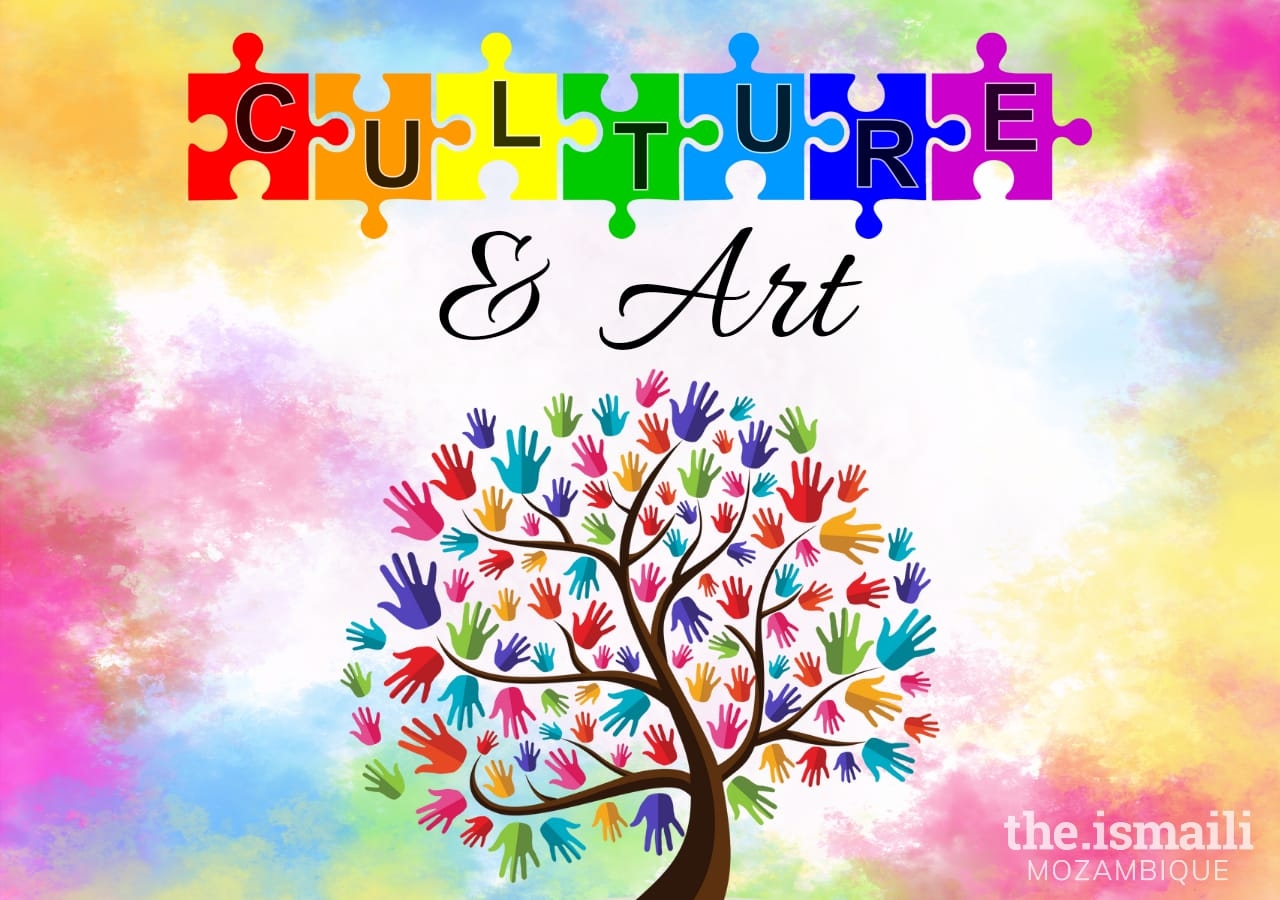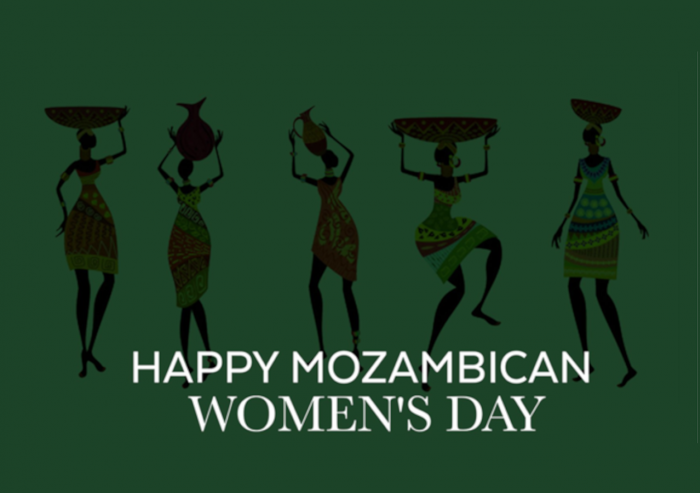To begin, culture is a varied term and is referred to as the subtopic of diversity; in a section. Our culture is one to look at. It is upheld by multiple people of different backgrounds and races as the foundation, and core pillars to strengthening the environment and needs of our community.
Let us look at culture from its artistic point of view. Culture is a form of art as well. We perform many different festivals and rituals in our culture that are far-fetched and related to other cultures as well. For example, a very widely known festival is Dandiya raas and Garba. These festivals represent the Ismaili community as an interfaith one because it is not only us that celebrate it, but so do other cultures. We celebrate our rituals with this intricate dance form as our entertainment and our moment of joy shared with the entire jamat. These art forms connect us and allow us to build bridges with other communities.
Building bridges and connections with other communities is fundamental since we practice pluralism and understanding of different cultures through various forms and one of the most renowned ways is art.
Art is the perspective and the capabilities of the extent of ideas, creativity, and emotional expressions through various forms of the human mind, typically visual. Art is fundamental. Music, paintings, drawings, mosaics, and dance, it is all part of a pluralistic society that is willing to demonstrate perspectives and share knowledge. The Ismaili community is greatly involved in these areas of growing plurality between faiths. Cultural growth is fundamental and continually emphasized. Art demonstrates the message of plurality through the means of interfaith connections, fundamentally forms of art that help us share our ideas. We look at a routine day of a school student in a school. They are introduced to new people with backgrounds, and faiths that are different from theirs.
The Aga Khan Academies stick to this goal strongly. It is imperative that along with studies, students get the opportunity to learn from their peers and friends who may be from different backgrounds or have a different culture than them. Not only as children do we seek regular absorption of knowledge, but as adults too. In the society that we live in, neighbors, workplace colleagues, friends, and distant family relatives across the globe share with us the traditions that they carry out. Our communications improve since we are aware of the perspectives around us. For example, we celebrate Nowruz as our new year. In the southeast part of Asia, China, many celebrate the Chinese new year. While the Chinese new year is dependent on the Lunar calendar of China, Nowruz is based on the Iranian Solar Hijri calendar, thus its origin. We celebrate our new year with different traditions that seek blessings for the prosperity of our lives.
Do we need to know about this, though? How does this improve our day-to-day lives? Or is it just a fun fact article that you are supposed to read? Well, I mention again that cultural pluralism is greatly emphasized, especially artistic culture, and it helps us share knowledge through many different artistic forms. Although this, pluralism helps us see things in a different light. We are able to look at things from different points of view, and perspectives that are imperative in the proper development of the mind and communication with others.
Increasing knowledge based on our facts of different communities, their faiths, culture, and traditions allows us to think critically and creatively in the process of either decision-making or even in school life. This improves our lives and reduces our risks of making wrong decisions. We also get new, creative ideas that are constantly available for us especially if we are abroad. These factors can help us gain credentials in jobs, schools, and universities, wherever we go. A broader perspective on the looks of life and the decisions it puts us forward to are things that are constantly either troubling us or bugging our path to creative success. But how do we change that? By cultural artistic forms that expand our growth of knowledge, pluralism, and views on different aspects of life.
To conclude, arts and culture are great forms of knowledge growth that can provide us an insight into life, better us in decision-making, and the art of communication through creative perspectives views.








